Handbook of Web Surveys
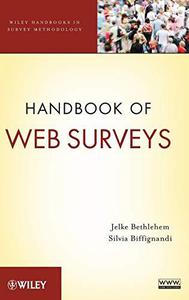
Handbook of Web Surveys By Jelke Bethlehem, Silvia Biffignandi(auth.)
2011 | 474 Pages | ISBN: 0470603569 | PDF | 9 MB
BEST PRACTICES TO CREATE AND IMPLEMENTHIGHLY EFFECTIVE WEB SURVEYS Exclusively combining design and sampling issues, Handbook of Web Surveys presents a theoretical yet practical approach to creating and conducting web surveys. From the history of web surveys to various modes of data collection to tips for detecting error, this book thoroughly introduces readers to the this cutting-edge technique and offers tips for creating successful web surveys. The authors provide a history of web surveys and go on to explore the advantages and disadvantages of this mode of data collection. Common challenges involving under-coverage, self-selection, and measurement errors are discussed as well as topics including: Sampling designs and estimation procedures Comparing web surveys to face-to-face, telephone, and mail surveys Errors in web surveys Mixed-mode surveys Weighting techniques including post-stratification, generalized regression estimation, and raking ratio estimation Use of propensity scores to correct bias Web panels Real-world examples illustrate the discussed concepts, methods, and techniques, with related data freely available on the book's Website. Handbook of Web Surveys is an essential reference for researchers in the fields of government, business, economics, and the social sciences who utilize technology to gather, analyze, and draw results from data. It is also a suitable supplement for survey methods courses at the upper-undergraduate and graduate levels.Content: Chapter One The Road to Web Surveys (pages 1-36): Chapter Two About Web Surveys (pages 37-58): Chapter Three Sampling for Web Surveys (pages 59-95): Chapter Four Errors in Web Surveys (pages 97-146): Chapter Five Web Surveys and Other Modes of Data Collection (pages 147-188): Chapter Six Designing a Web Survey Questionnaire (pages 189-234): Chapter Seven Mixed?Mode Surveys (pages 235-280): Chapter Eight The Problem of Undercoverage (pages 281-302): Chapter Nine The Problem of Self?Selection (pages 303-327): Chapter Ten Weighting Adjustment Techniques (pages 329-384): Chapter Eleven Use of Response Propensities (pages 385-418): Chapter Twelve Web Panels (pages 419-457):


![S.T.A.L.K.E.R. 2 / STALKER 2: Heart of Chornobyl - Ultimate Edition (2024) [+UPDATE 23.12.2024 - v1.1.3] ElAmigos / Polska wersja językowa](https://i.postimg.cc/Zqd8RWGY/UZG8PBE.jpg)



































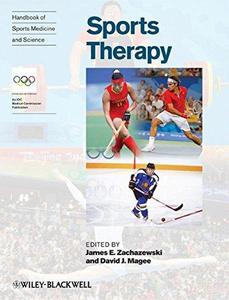

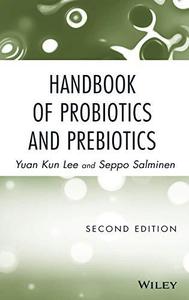
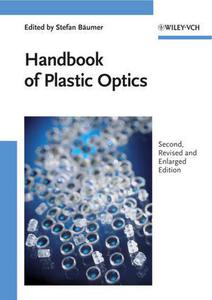
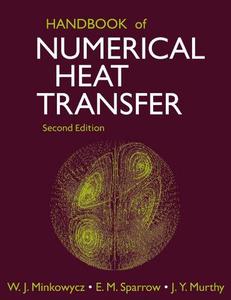
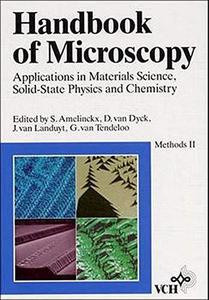
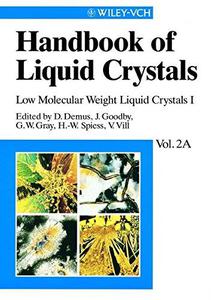
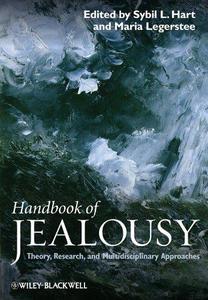
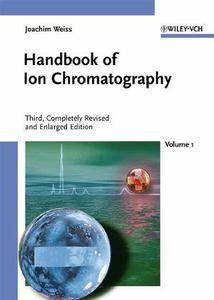







![David Gilmour - Luck and Strange (2024) [FLAC]](https://i.imgur.com/everaBc.jpeg)
![Męskie Granie Orkiestra - Męskie Granie 2024 (2024) [FLAC]](https://i.imgur.com/FAyOxrM.jpeg)
![The Rolling Stones - Hackney Diamonds (2023) [FLAC]](https://i.imgur.com/wCkyyUN.jpg)
![Lady Gaga - Harlequin (2024) [FLAC]](https://i.imgur.com/dcgIA8D.jpeg)
![Natalia Kukulska - Dobrostan (2024) [FLAC]](https://i.imgur.com/bdljG3O.jpeg)
![Kaśka Sochacka - Ta druga (2024) [FLAC]](https://i.imgur.com/hORQKvn.jpeg)
![Kuba Sienkiewicz - Pani Bóg (2024) [FLAC]](https://i.imgur.com/qijCx8Z.jpeg)
![Lanberry - Heca (2024) [FLAC]](https://i.imgur.com/8P7QfeR.jpeg)
![Sara James - PLAYHOUSE (2024) [FLAC]](https://i.imgur.com/m4f8OKg.jpeg)
![Grzegorz Hyży - EPILOG (2024) [FLAC]](https://i.imgur.com/8DA2sBr.jpeg)
![Myslovitz - WIECZORAMI CHŁOPCY WYCHODZĄ NA ULICE (2024) [FLAC]](https://i.imgur.com/l9mMtIG.jpeg)
![Krzysztof Zalewski - ZGŁOWY (2024) [FLAC]](https://i.imgur.com/vh48RAc.jpeg)
![Krzysztof Cugowski - Wiek to tylko liczba (2024) [FLAC]](https://i.imgur.com/SBzgqe2.jpeg)
![Nosowska - Kasia i Błażej (2024) [FLAC]](https://i.imgur.com/mObvVXQ.jpeg)
![sanah - Pianinkowe Kaprysy (2024) [FLAC]](https://i.imgur.com/pVjjPAa.jpeg)
![Kwiat Jabłoni - Pokaz slajdów (2023) [FLAC]](https://i.imgur.com/diERHfZ.jpg)
![Robert Cichy - Spacer po Warszawie (2024) [FLAC]](https://i.imgur.com/ixleU9o.jpeg)
![Viki Gabor - Terminal 3 (2024) [FLAC]](https://i.imgur.com/Q1KCnDs.jpeg)
![Sanah - Kaprysy (2024) [FLAC]](https://i.imgur.com/71OZm4h.jpeg)
![Męskie Granie Orkiestra - Męskie Granie 2023 (2023) [FLAC]](https://i.imgur.com/U4YHo8d.jpg)




